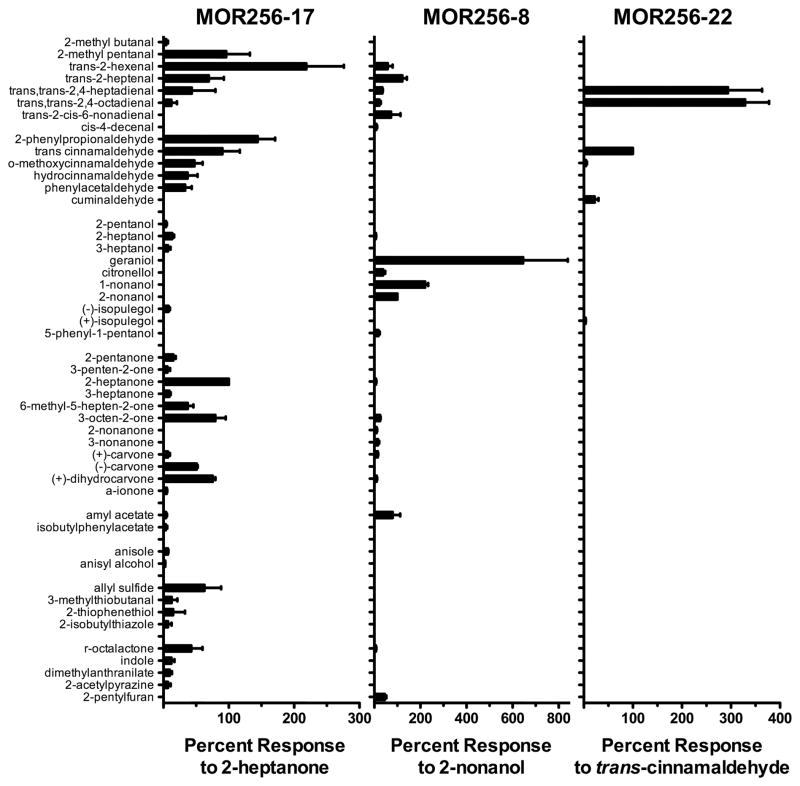Figure 6. Responsiveness of MOR256-17, MOR256-8 and MOR256-22 to a large panel of odorants.
Oocytes expressing MOR256-17, MOR256-8 or MOR256-22 (as well as Gαolf and CFTR) were screened as shown in Figure 5. All odorants, whether applied individually or as part of mixtures, were applied for 15 s at a concentration of 30 μM. Responses were normalized to the response of the same oocyte to 30 μM 2-heptanone (MOR256-17), 30 μM 2-nonanol (MOR256-8), or 30 μM trans-cinnamaldehyde (MOR256-22). Data are presented as mean ± SEM (n = 3 – 20). All odorants yielding a response that was at least 1% of the response to the most active odorant (trans-2-hexenal for MOR256-17, geraniol for MOR256-8, trans, trans-2,4-octadienal for MOR256-22) are displayed.

